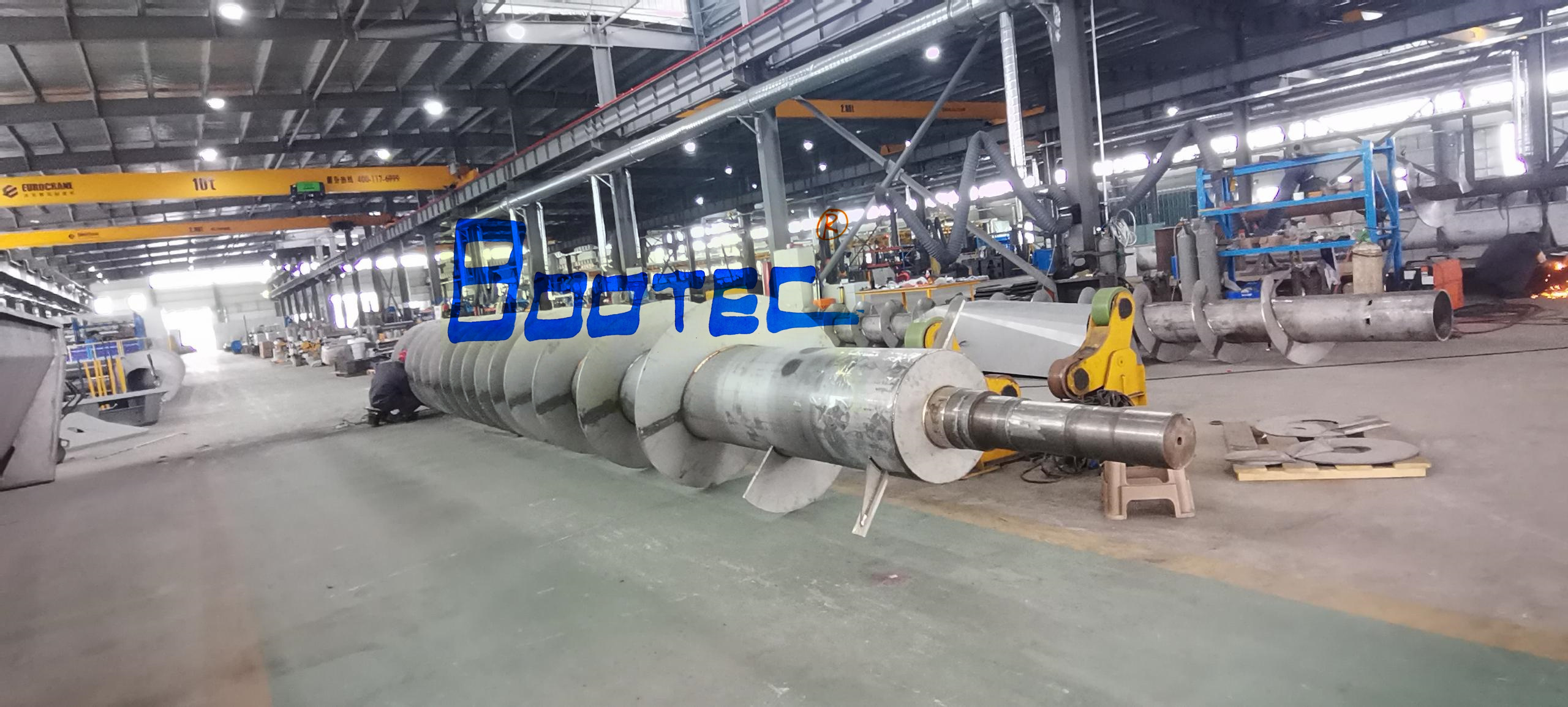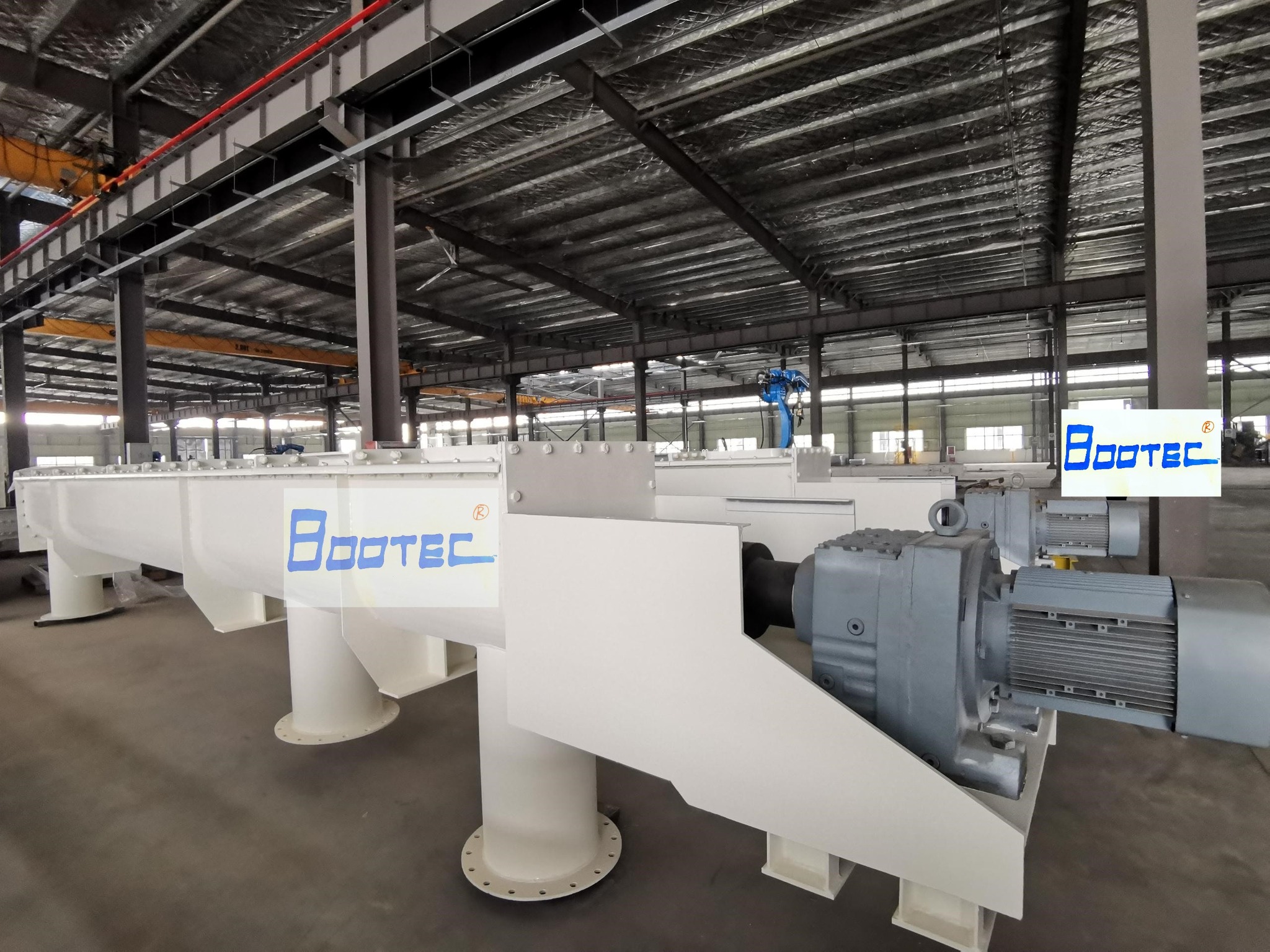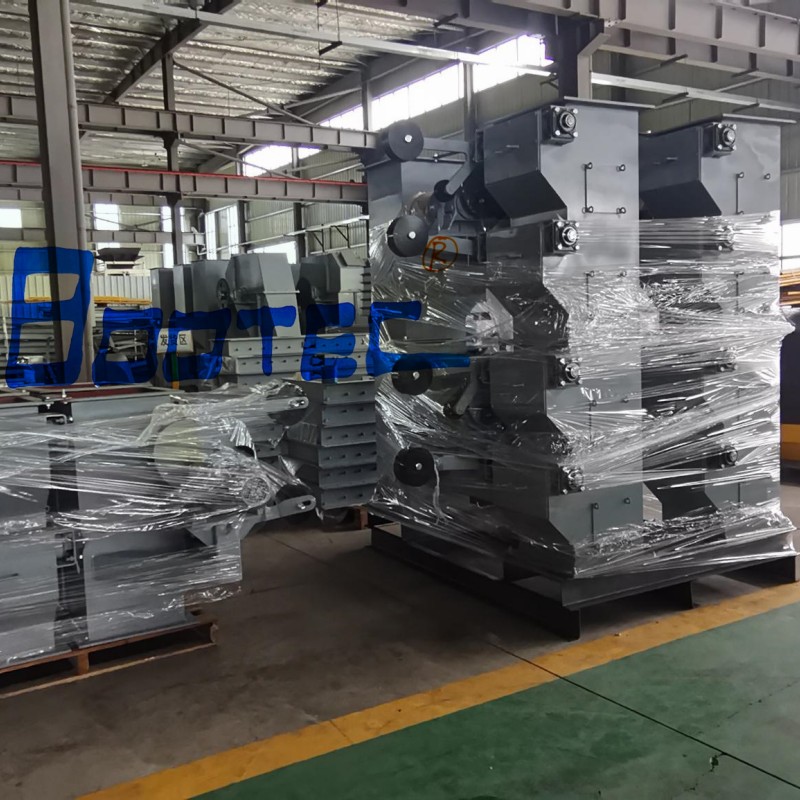
Ash Extractor
An ash extractor is a device used to remove ash from various processes, particularly in industries like waste-to-energy (WTE), power generation, cement production, and other industrial settings where combustion occurs. Ash is a byproduct of burning materials like coal, biomass, or waste, and extracting it efficiently is crucial to maintaining optimal plant operation and reducing environmental impact.
There are several types of ash extractors, depending on the application and type of ash being handled:
1. Types of Ash Extractors:
- Mechanical Ash Extractors (Conveyor-based):
- Belt Conveyors: Often used for moving ash from boilers or combustion chambers to storage or disposal areas. The conveyor is designed with heat-resistant belts that can handle both the high temperature and the abrasive nature of ash.
- Drag Chain Conveyors: These are used for heavier ash loads, especially in high-temperature environments. The chain moves the ash through a closed system, often in power plants or cement industries.
- Screw Conveyors: These conveyors use a rotating screw to move ash through a tube or trough. They’re commonly used in cases where space is limited or for continuous, controlled extraction of ash.
- Pneumatic Ash Extractors:
- Vacuum Systems: These use vacuum pressure to suck the ash from the combustion area and transport it through pipes to a disposal or collection unit. This system is especially useful in smaller or medium-sized operations or where a more automated solution is desired.
- Airlift Systems: In some systems, high-pressure air is used to move ash through a pipe, either to a hopper or to storage containers. This system is often used in power plants and industrial waste-to-energy plants.
- Hydraulic Ash Extractors:
- In some large-scale operations, water or hydraulic pumps are used to extract ash. This system works by suspending the ash in water and then pumping it away to a designated disposal or storage area.
2. Key Features and Components:
- Ash Collection Hoppers/Chambers: These are typically located at the bottom of combustion chambers or other processes where ash is generated. They collect the ash as it falls and direct it into the extractor system.
- Ash Transport System: Depending on the type of ash extractor (mechanical, pneumatic, or hydraulic), this part moves the collected ash to its next destination, such as storage, recycling, or disposal.
- Air or Water Separation: For systems that use air or water to transport ash, filters or separators are often used to prevent the loss of fine particles and ensure the ash is moved without contamination or environmental impact.
- Safety Features: Since ash handling can be hazardous (due to the high temperatures and potential for dust formation), ash extractors typically include safety features like dust suppression systems, temperature monitoring, and protective covers.
3. Applications of Ash Extractors:
- Waste-to-Energy (WTE) Plants: In WTE facilities, ash is produced from the incineration of waste materials. Ash extractors are used to remove both bottom ash (which is heavier and falls to the bottom) and fly ash (which is lighter and carried away with gases).
- Coal Power Plants: In these plants, large volumes of coal ash are generated, including fly ash and bottom ash. The ash extractor system is integral to keeping the plant running smoothly and safely.
- Cement Industry: When coal is burned as fuel in cement plants, significant amounts of ash are produced. Ash extractors help remove this byproduct to maintain air quality and improve plant efficiency.
- Steel Mills and Foundries: In industries like steelmaking, ash extractors remove ash generated during combustion or smelting processes. It’s often a key part of waste handling and recycling.
4. Key Considerations for Ash Extractors:
- Temperature Resistance: Ash extractors in high-temperature applications, such as those in power plants, must be made of materials that can withstand extreme heat.
- Dust Control: Ash can be very fine and dusty, which can pose environmental hazards. Dust suppression systems, such as water sprays or fabric filters, are often integrated into the system.
- Corrosion Resistance: Ash, especially in waste-to-energy plants, can have corrosive properties due to its chemical composition. Ash extractors must be designed to handle this challenge.
- Automated Control Systems: Modern ash extractors often come with automated controls to monitor and adjust extraction rates, temperature, and dust suppression systems. This ensures efficient operation and minimal manual intervention.
5. Maintenance and Efficiency:
- Regular Cleaning: Ash extractors, especially in high-temperature applications, need to be regularly cleaned and maintained to prevent buildup that could lead to blockages or equipment failure.
- Operational Efficiency: The design of the system should ensure minimal energy consumption while handling high volumes of ash. Energy-efficient motors and robust materials are essential for maintaining operational efficiency in large-scale plants.
Ash Extractor
- Ideally suited for mass-burn MSW incinerators accommodating oversized / bulky and metal constituents in the ash
- Cools and dewaters ash for downstream conveying and metal-separating equipment
- Robustly constructed and heavily armored, replace light weight European extractors not suitable for US industrial waste streams
- Modular design to support retrofits without requiring building modifications or major equipment removal
- Collects under grate siftings and furnace back-pass hopper ash


Write your message here and send it to us






